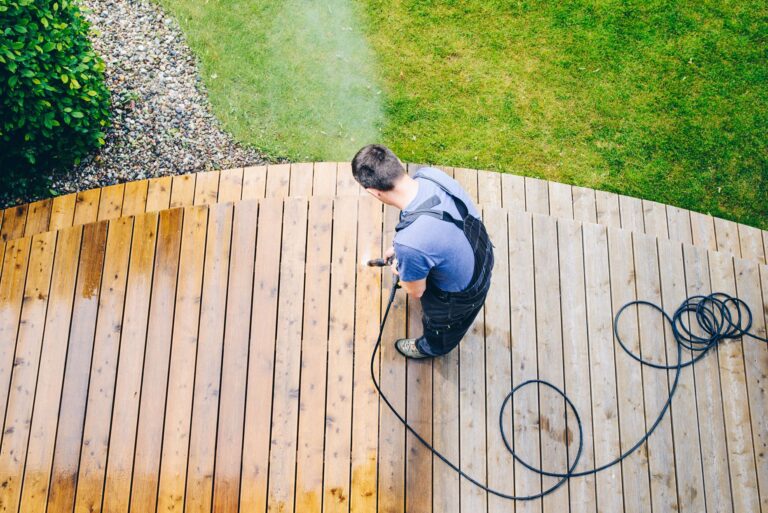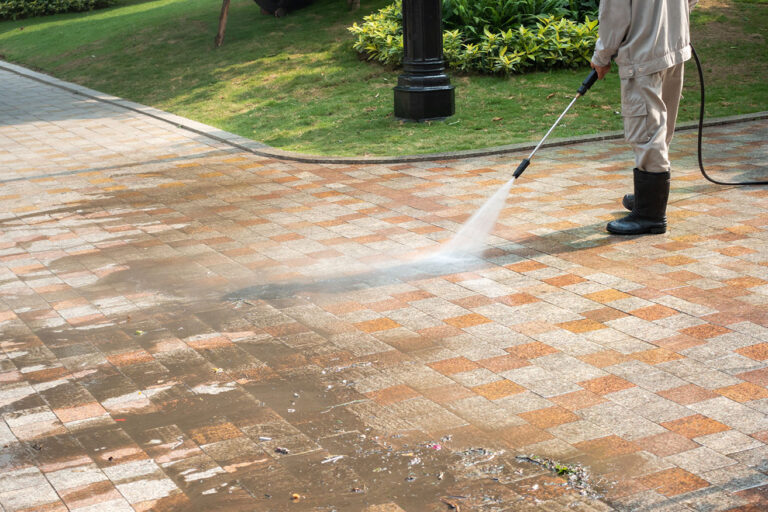Transform Your Space: Expert Tips for Choosing the Perfect Paint Finish for Every Room
Introduction:
Embarking on a DIY home improvement project can be thrilling, but success hinges on having the right tools. Whether you’re painting a room, building shelves, or renovating a space, quality tools save time, reduce frustration, and ensure professional results. For homeowners and DIY enthusiasts, investing in essential tools isn’t just about convenience—it’s about safety, precision, and the satisfaction of a job well done. This article highlights 10 indispensable tools that form the backbone of any effective home improvement toolkit. From measuring to finishing, these tools empower you to tackle projects confidently, avoid costly mistakes, and elevate your craftsmanship. Let’s dive into the must-haves that bridge the gap between amateur efforts and polished, long-lasting results.
1. Measuring and Marking Tools: The Foundation of Precision
Accurate measurements are the backbone of any project. Start with a 25-foot tape measure for versatility in small and large spaces. A laser level ensures shelves, frames, and tiles are perfectly aligned, while a chalk line creates straight guides for cutting or tiling. Pro tip: Mark measurements twice to avoid errors—a misaligned cut can waste materials and time.
2. Cutting Tools: From Rough Cuts to Fine Details
A sharp utility knife handles tasks like trimming wallpaper or scoring drywall. For woodworking, a circular saw delivers straight cuts through lumber, and a jigsaw tackles curves and intricate shapes. Always use blades suited to your material (e.g., fine-tooth blades for plywood, coarse blades for thick lumber).
3. Fastening Tools: Building Stability and Strength
A cordless drill/driver is irreplaceable for drilling holes and driving screws. Pair it with a magnetic screwdriver set for tight spaces. Don’t overlook a claw hammer—ideal for nails, demolition, and minor adjustments. For heavy-duty projects, consider a nail gun to speed up framing or flooring.
4. Painting and Finishing Tools: Perfecting the Final Look
High-quality angled paint brushes (2-3 inches) deliver crisp edges, while a 9-inch roller covers walls efficiently. Use a putty knife to patch holes before painting. Pro tip: Choose roller nap thickness based on surface texture—thicker naps for rough walls, thinner for smooth finishes.
5. Safety Gear: Non-Negotiable Protection
Safety goggles shield eyes from debris, work gloves improve grip and prevent splinters, and an N95 mask filters dust during sanding or demolition. Never compromise here—even simple tasks can pose risks without proper gear.
Conclusion:
The right tools transform DIY projects from daunting to doable. Prioritize precision with measuring tools, master cuts with versatile blades, ensure durability through proper fastening, and refine surfaces with quality painting gear. Always pair your efforts with safety equipment. As a takeaway, start with these 10 essentials and gradually expand your toolkit as you tackle more complex projects. Remember: Investing in durable tools pays off in longevity and performance. Whether you’re a weekend warrior or a seasoned DIYer, these tools are your allies in creating home improvements that stand the test of time.







